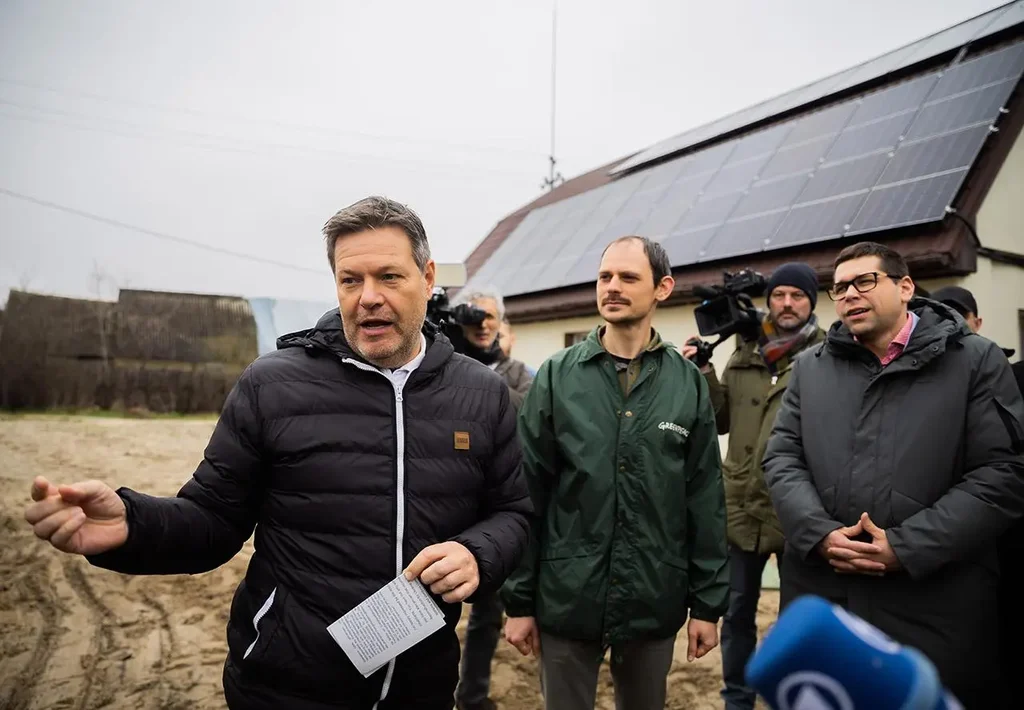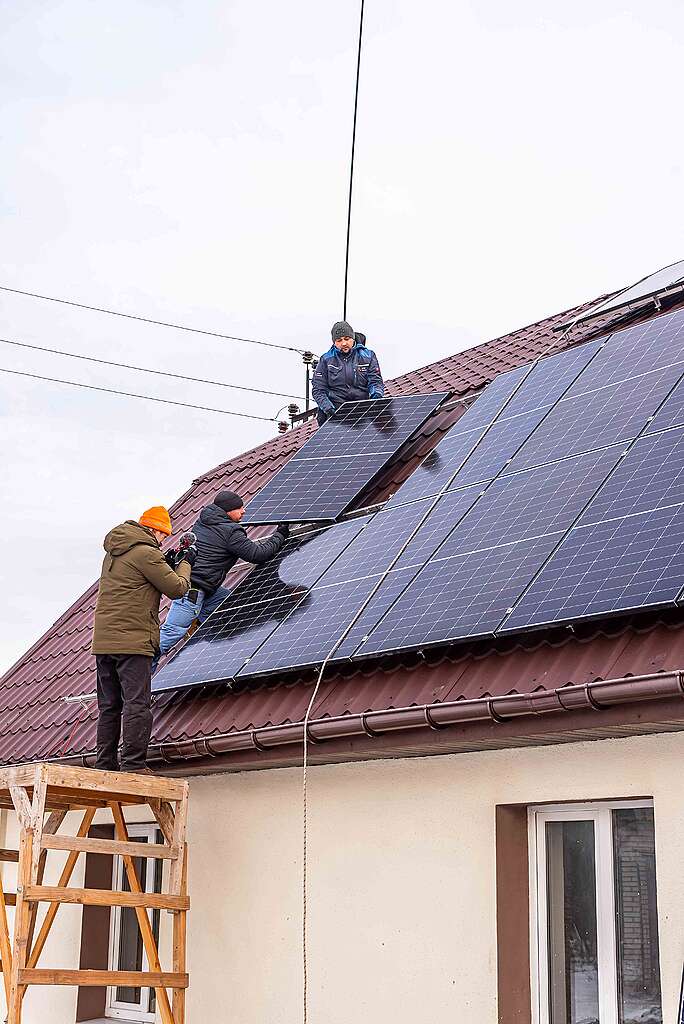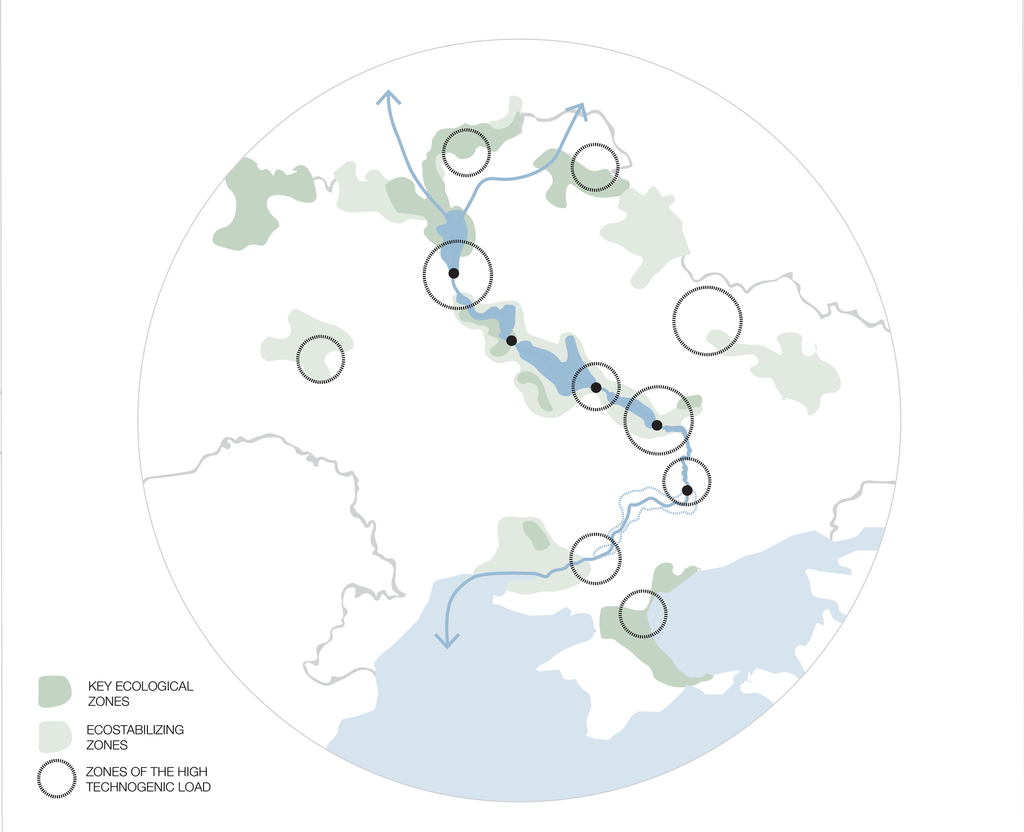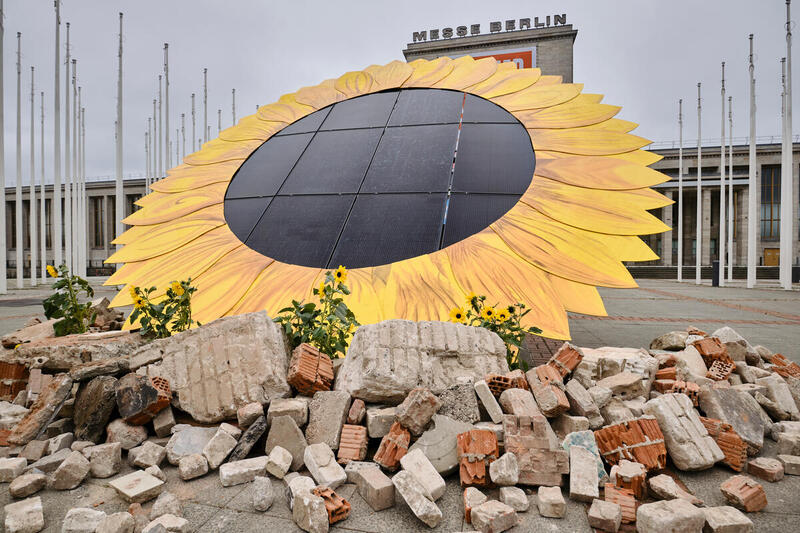
How to survive the winter with green energy?
The project models a fast and efficient way to provide winter aid in Ukraine during an energy crisis. We show how green and sustainable energy solutions can decrease the time spent using generators in social buildings during energy cuts.
Since the full-scale invasion, Ukrainian energy infrastructure has been under constant threat from Russian attacks. The winter months pose the most critical challenge for schools, hospitals, and kindergartens, as buildings can be left without electricity for hours. Rather than relying on generators, Greenpeace Ukraine advocates for the deployment of hybrid solar power systems as a fast and effective green solution.
Implementation
As a model for this initiative, we have installed hybrid solar power systems at a school in Hostomel, Kyiv Oblast, and an outpatient clinic in Mykolaiv.
These installations aim to reduce reliance on diesel generators, thereby mitigating adverse health effects on students and patients. This project is funded by Greenpeace Germany and the Greenpeace Environmental Foundation, with installation carried out by the Ukrainian company Solar Service.
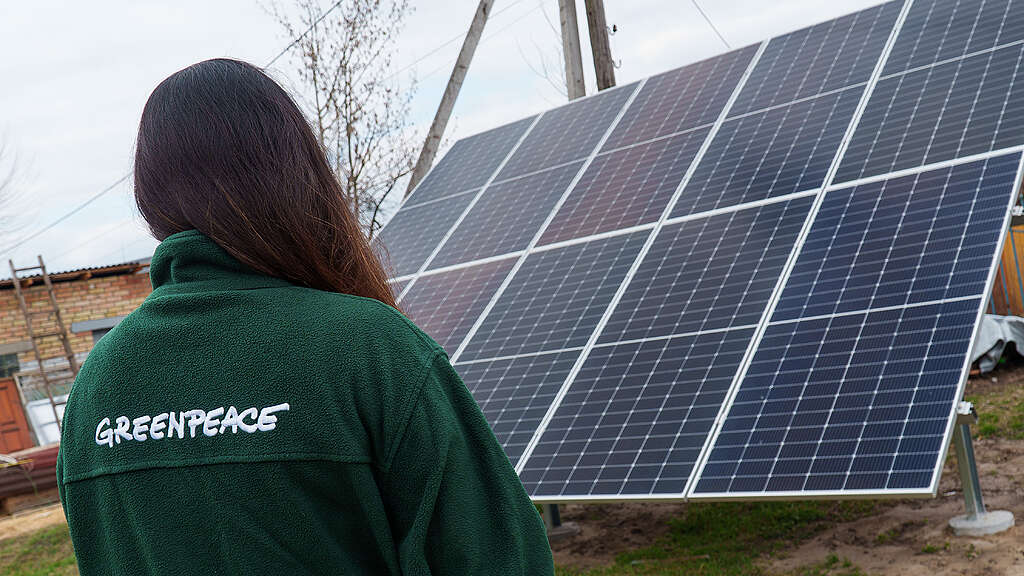
Benefits and Future Potential
The hybrid solar systems integrate solar panels and batteries, minimizing dependence on the vulnerable power grid, which is susceptible to shelling. In instances where solar energy alone cannot meet the institutions’ demands, generators serve as a backup solution. This initiative not only reduces utility costs significantly but also sets the stage for both institutions to operate 100% on solar electricity in the coming months.
Scaling Up
Upon successful implementation, similar hybrid solar power systems could be installed in more schools, kindergartens, and hospitals across Ukraine, particularly in areas near the contact line with unstable power supply. This initiative demonstrates the vast potential and advantages of solar energy for Ukraine, paving the way for a more resilient and sustainable future.
By integrating renewable energy sources and promoting sustainable practices, we aim to create resilient, environmentally responsible spaces that serve communities effectively and sustainably.
More on green reconstruction and our energy efficiency work
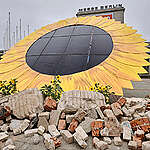
The solar panels used are part of a donation from the Biohaus Foundation Paderborn. They will be delivered to the Ukrainian town of Trostyanez at the end of June to support the power supply there.
Zu Beginn der Ukraine Recovery Conference in Berlin demonstrieren Greenpeace-Aktivist:innen mit einer überdimensionalen Sonnenblume (Durchmesser 7,50 Meter). Die Aktivist:innen demonstrieren für einen Ausbau der Solarenergie in der Ukraine. Die Blüte der Sonnenblume in der Mitte der Installation vor dem Konferenzort ist mit aktiven Solarpanelen gestaltet. Die verwendeten Solarpanele sind Teil einer Spende der Biohaus-Stiftung Paderborn. Sie werden Ende Juni in die ukrainische Stadt Trostjanez geliefert, um die dortige Stromversorgung zu unterstützen.
Solar Marshall Plan
-
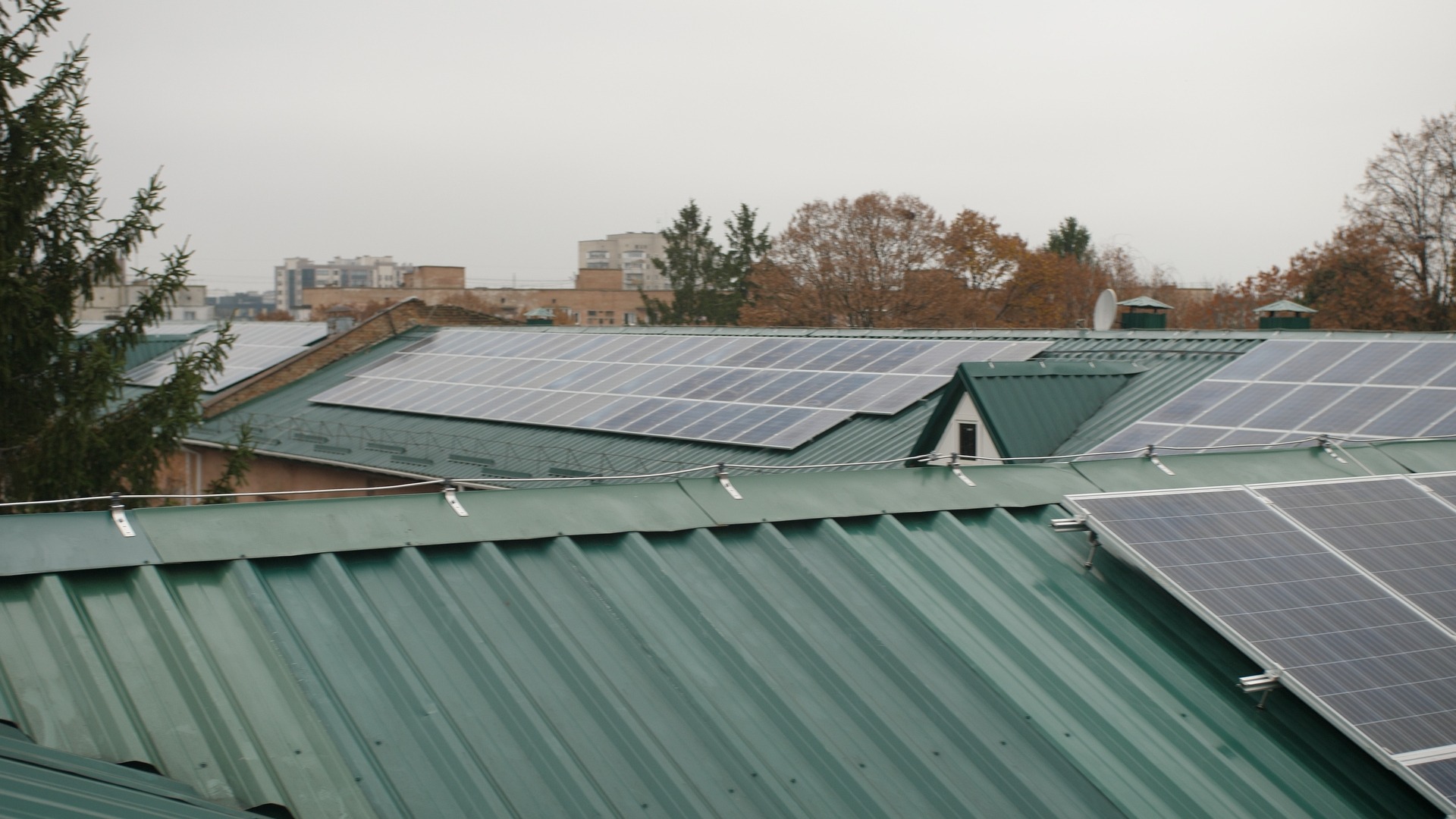
1 million hryvnia in savings: Greenpeace Ukraine equips Rivne Regional Hospital with solar panels
From now on, 387 solar panels will provide the hospital, where more than 40,000 people are treated annually, with environmentally friendly energy. This will allow the medical institution to save…
-
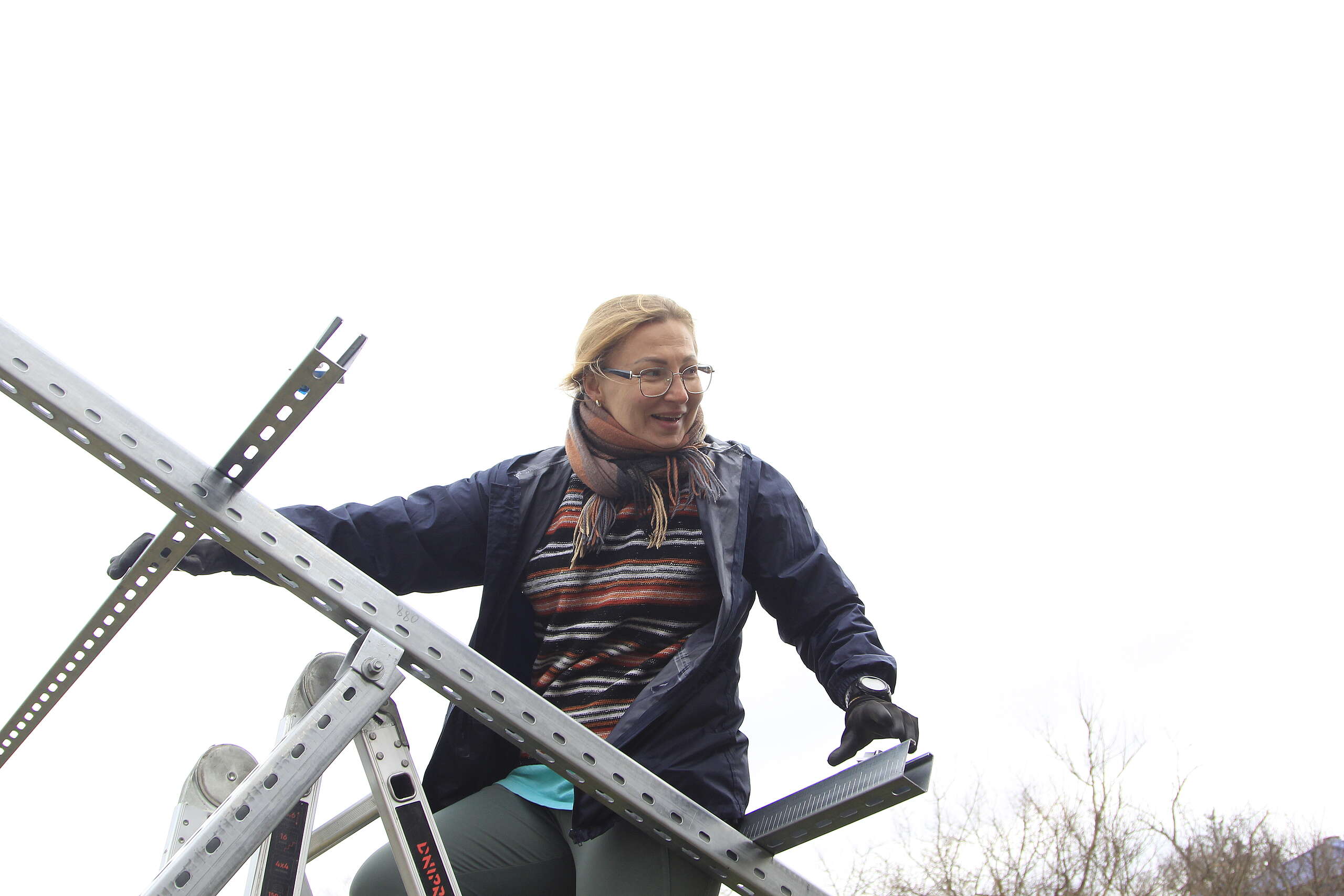
Greenpeace Ukraine supports hospital in Chortkiv: two solar power stations installed by women now operating in Ternopil region
A total of 150 solar panels, received by the community through the “Solar for Ukraine” competition, will power the maternity and infectious disease wards of the Chortkiv Central City Hospital.…
-
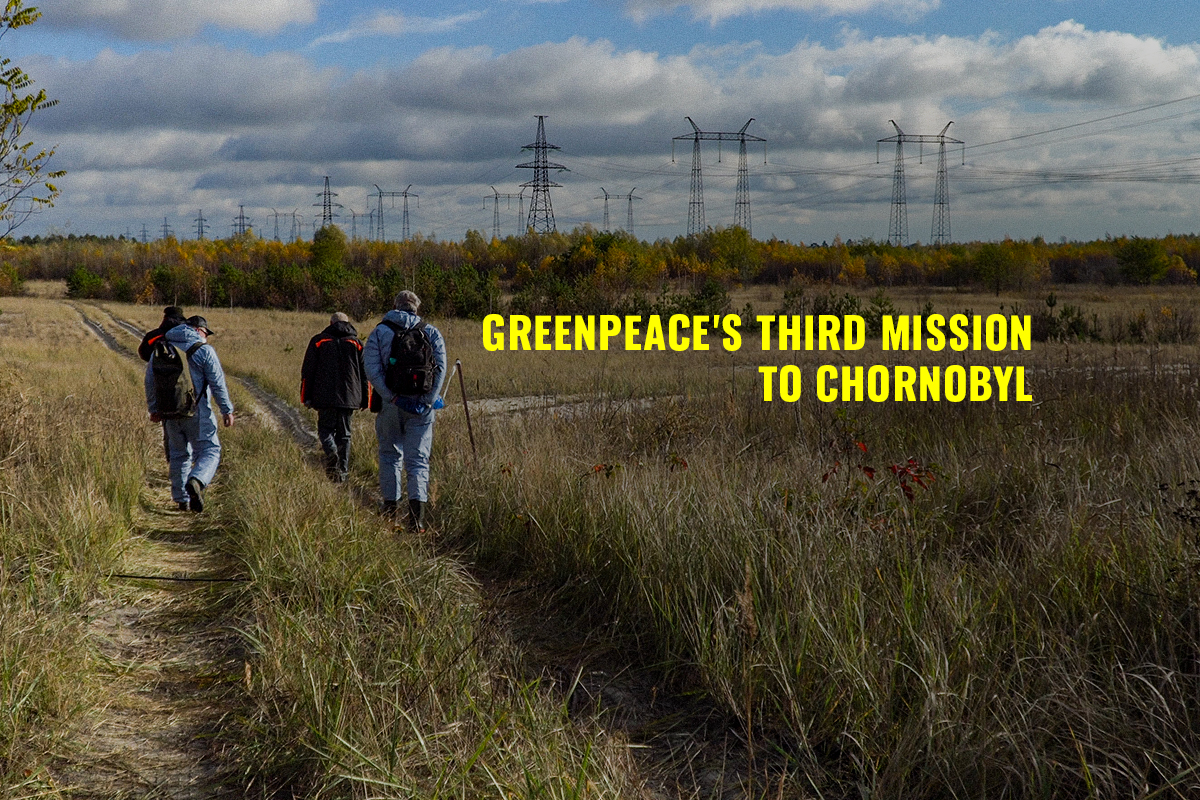
Greenpeace Ukraine completed mission to Chornobyl NPP
An international team led by Greenpeace Ukraine has completed its third extended mission to the Chornobyl Nuclear Power Plant and the Exclusion Zone since 2022. The visit, which was only…

